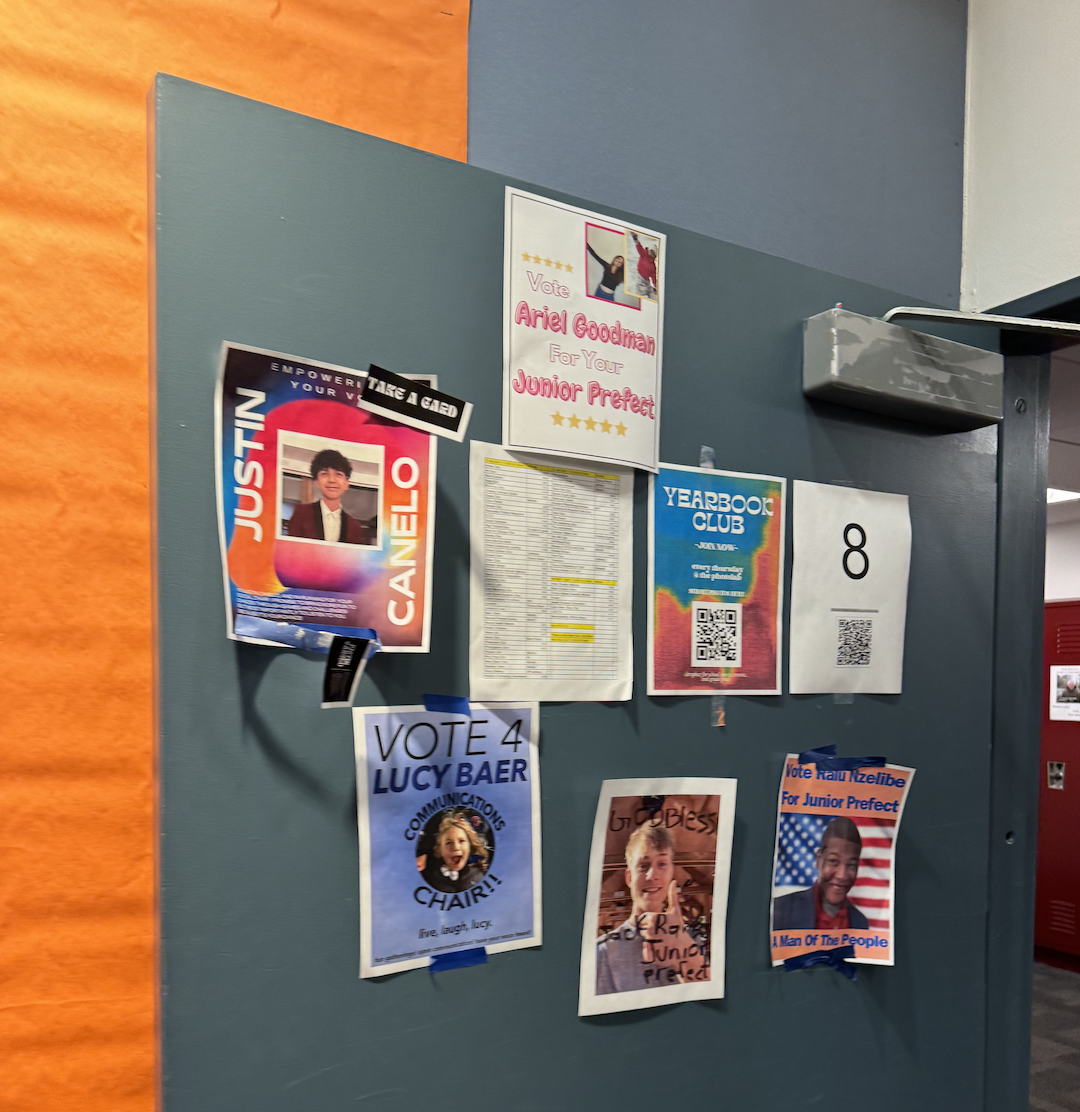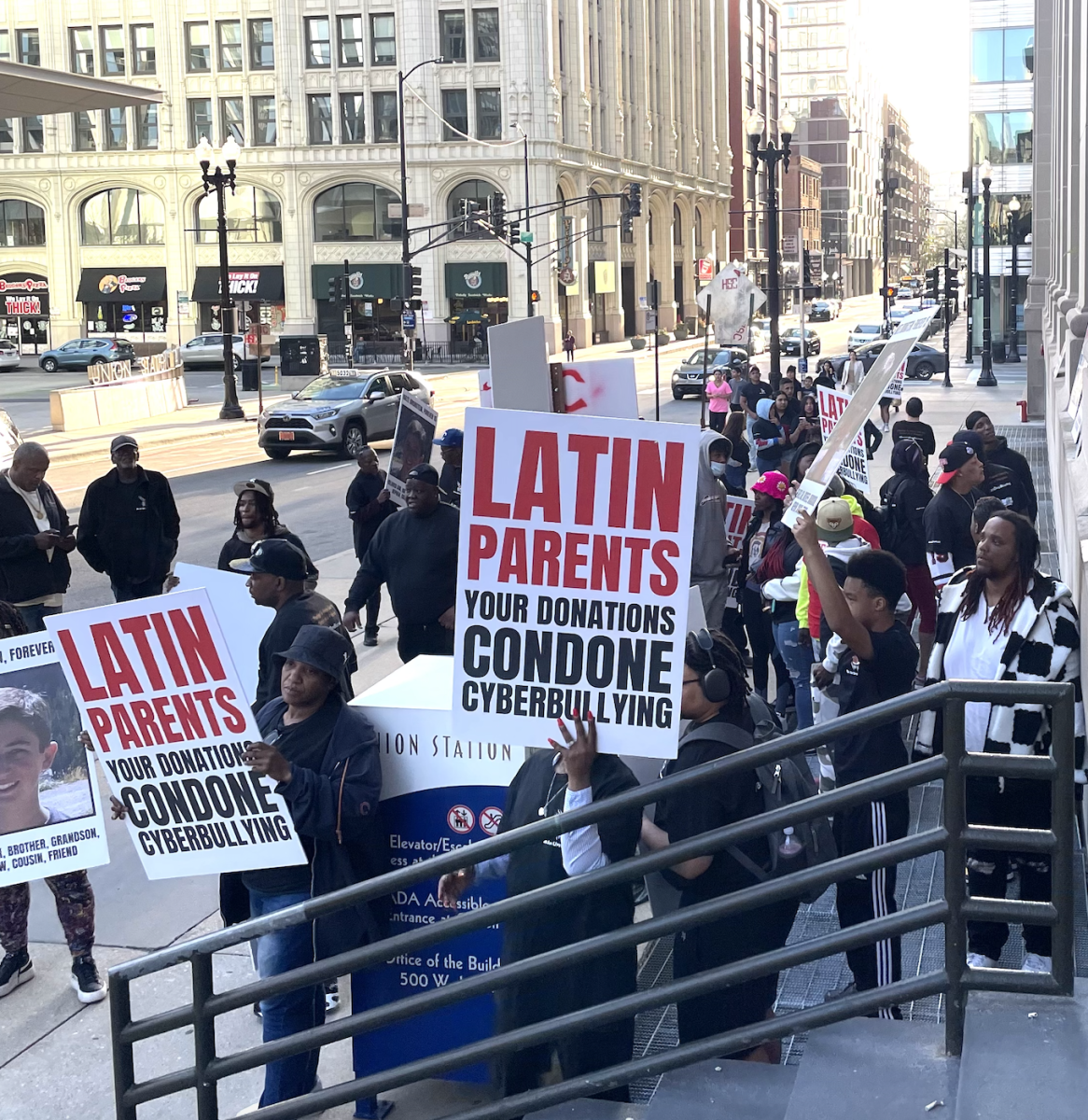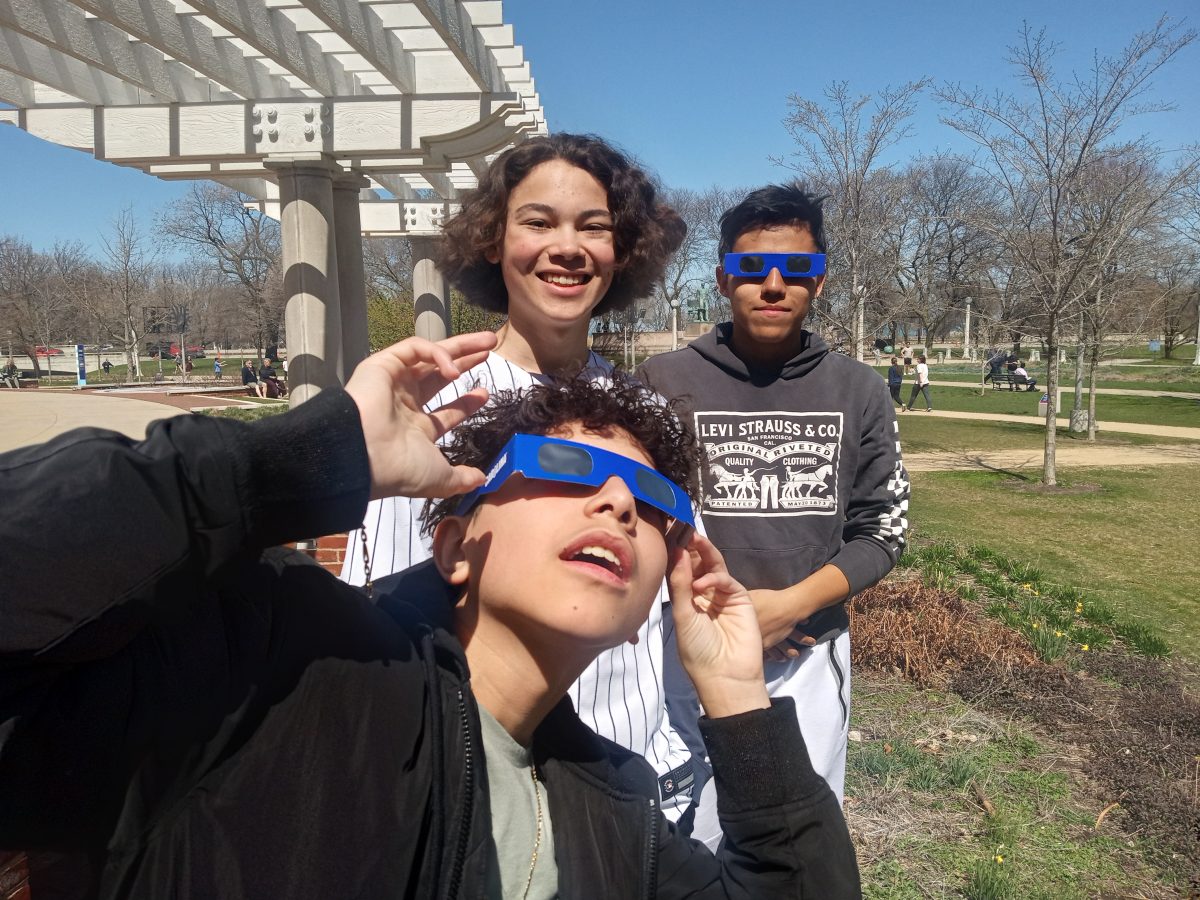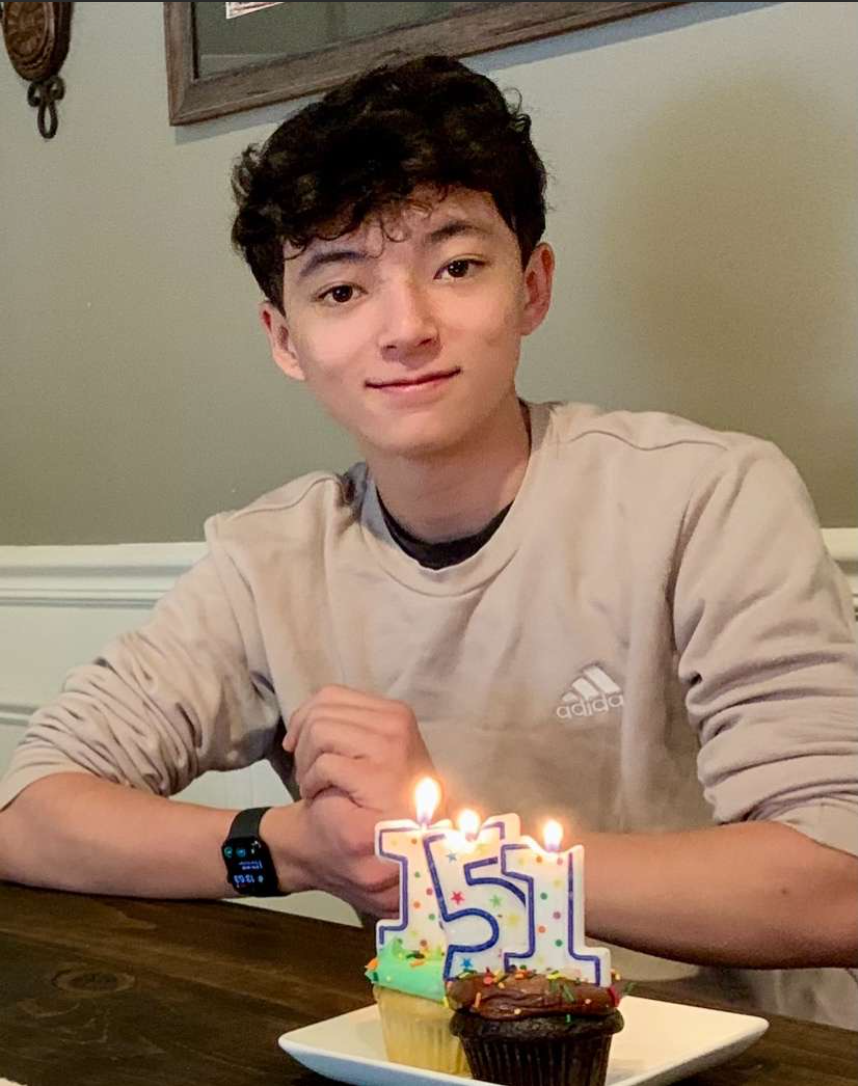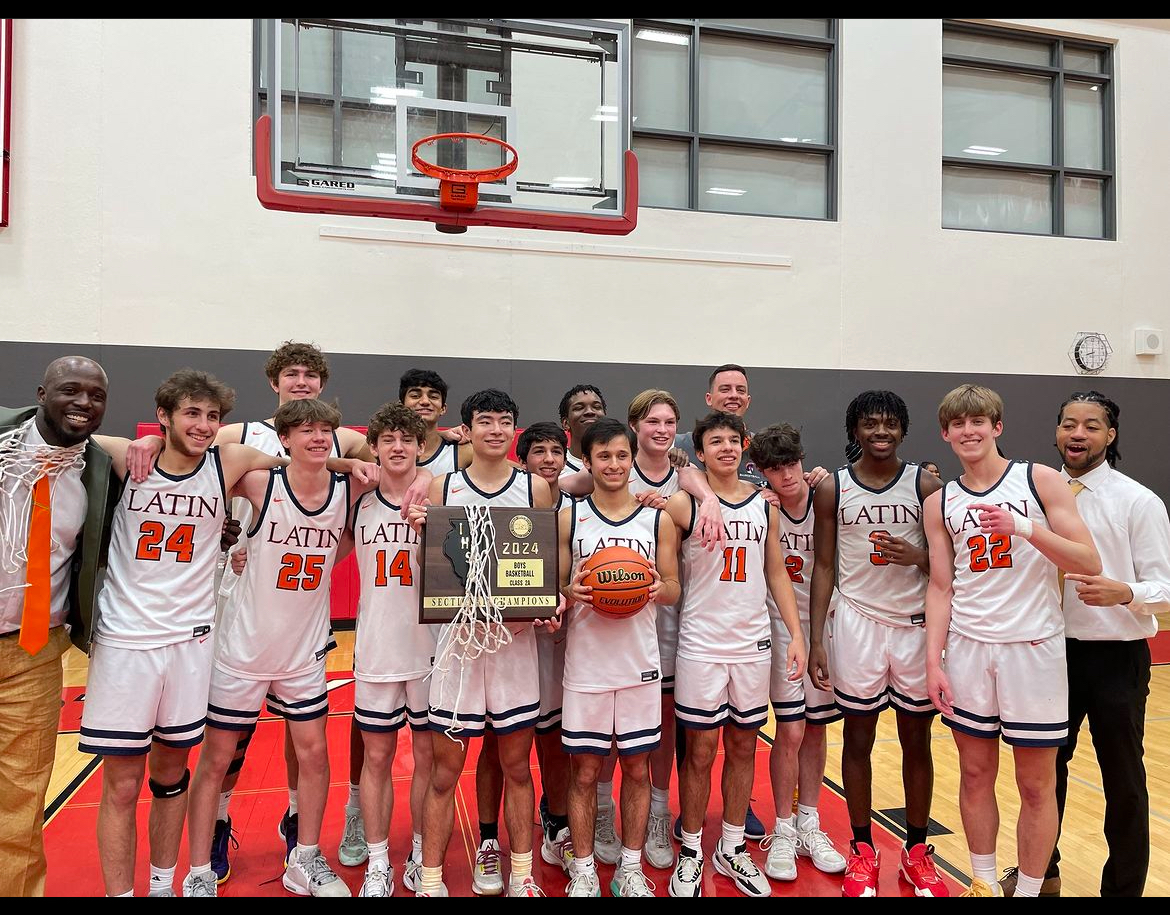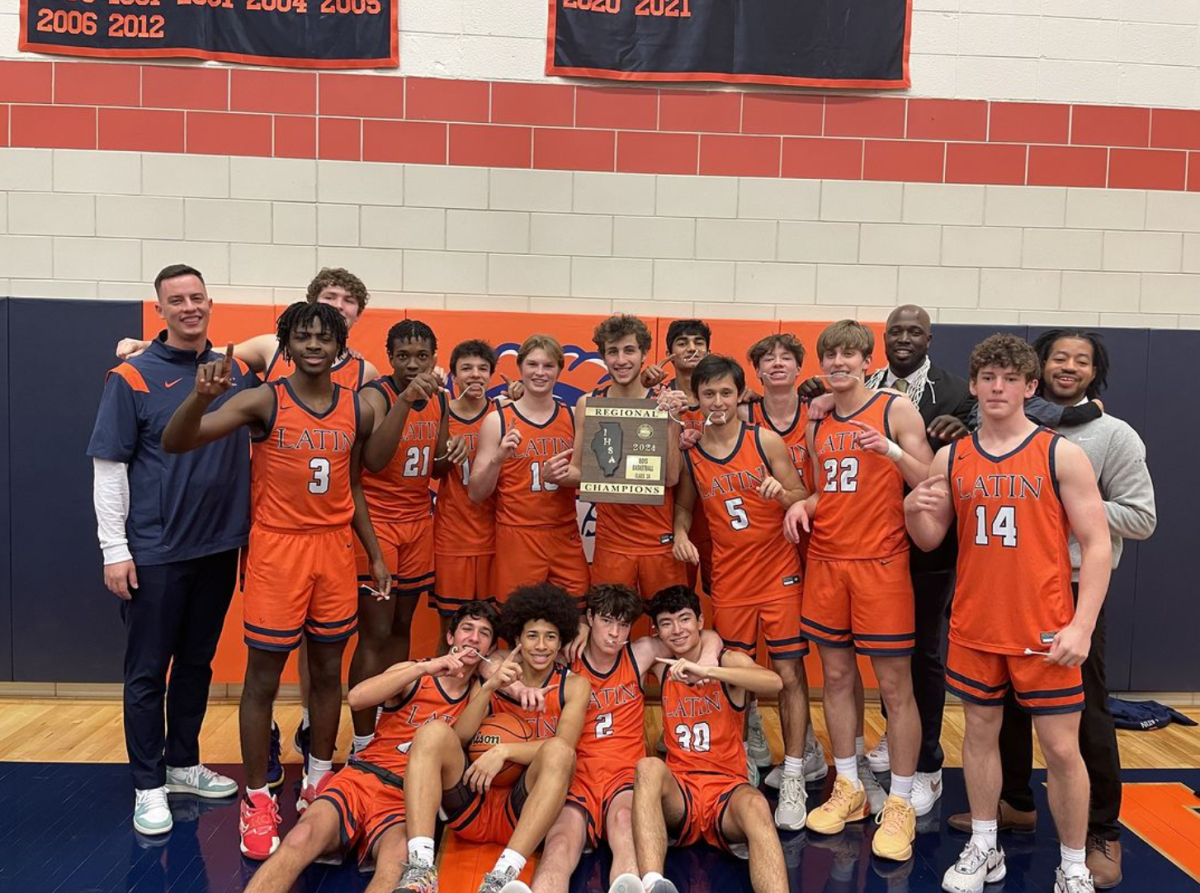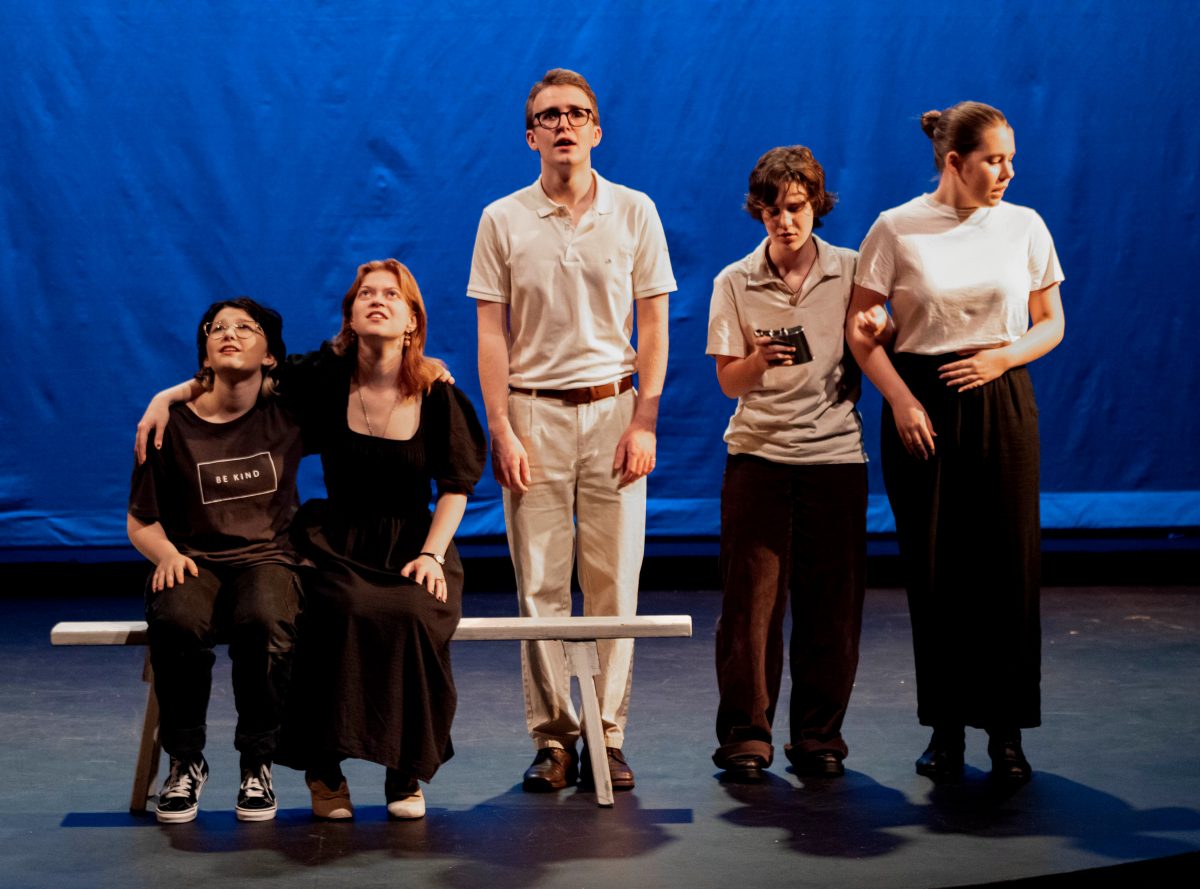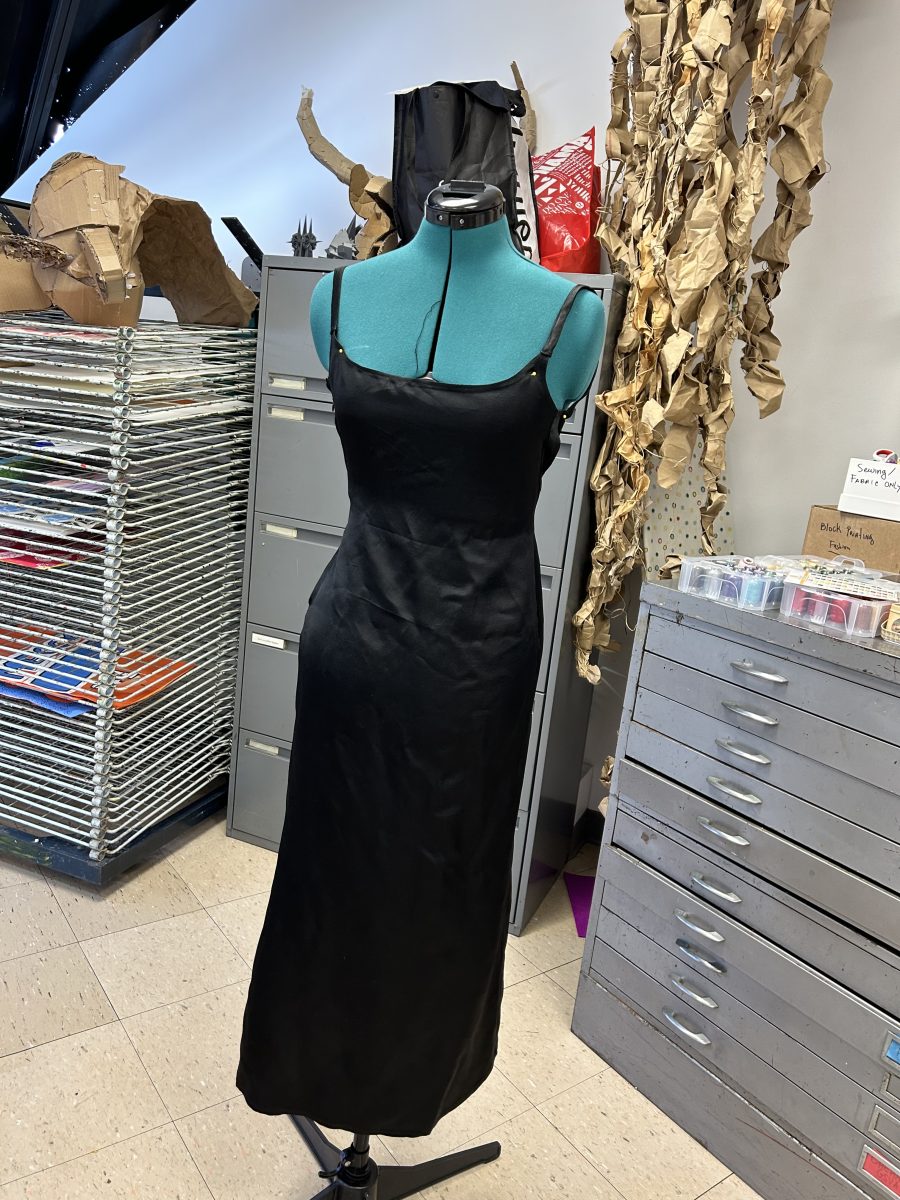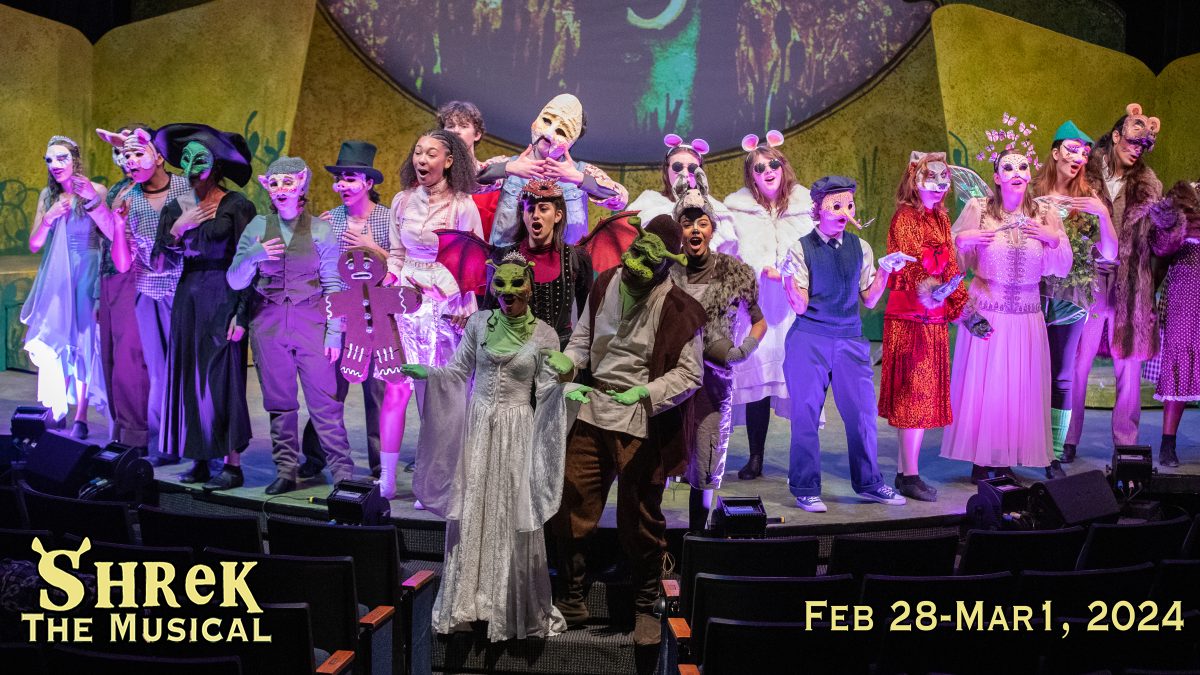Sophie Furlow and Emily Bernhardt “The first follower transforms a lone idiot into a leader” explains an important lesson that you may have learned through Leadership Lessons from a Dancing Guy. If you’re not familiar with this video, a favorite of many Latin teachers, I will paraphrase. The video begins with a shirtless man dancing alone, in the middle of a park, looking completely ridiculous. Another man begins to dance alongside the first, calling to his his own friends to join. “It takes guts to be a first follower,” the video states. In a matter of seconds, third and fourth followers appear. Soon, a large crowd of dancers form. “As more people jump in, it’s no longer risky. If they were on the fence before, there is now no reason not to join in.” Though the original leader was the person who started the dancing, the first followers were those who made it a collective movement. The same can be said for clubs at Latin. At Latin, there are many leaders, some of whom are represented as “heads” in the multitude of clubs throughout our school. Club heads either create their own new clubs or they are chosen to lead a preexisting club. Though club heads play an enormous role in the development and creation of a club, they do not have as big of an impact in persuading other students to join. However, the first followers have the ability to make or break a club. Once a club has a certain amount of followers, it begins to grow rapidly, because each follower talks about the club and persuades others to get involved. However, the first follower phenomenon is not the only factor contributing to the popularity of a club. Best Buddies, one of the most talked-about clubs at Latin, with 120 sign-ups and 50-60 regular members, shows that interactiveness makes a significant difference in the growth of a club. Students join to talk to and form relationships with their “buddies” who are from the Ray Graham Training Center School. Ray Graham is designed especially for their student’s “unique educational, physical, and emotional needs.” In addition, Best Buddies is frequently mentioned at gatherings, grade level meetings, in the hallways, and on social media. Best Buddies stickers and posters are visible all around the high school. These things spread awareness of the club to teachers and students, and can potentially convince them to become involved. Despite Best Buddies’ success, LAW (Latin’s Alliance for Women) is the largest club at Latin. Their social media presence and their promise of food at every meeting definitely attracts members; however, the common idea that draws in new LAW members is their desire for gender equality at Latin and beyond. Lori Der Sahakian, a member of LAW, believes that the club is “popular at Latin because many students are becoming more aware of the double standards women have faced for centuries and care to talk about their own experiences while empowering and amplifying one another.” LAW has also been at Latin for many years, which has allowed it to increase and improve over time. Model UN is a club that rarely meets during school time but is well organized and attracts a huge fraction of the student body interested in global politics. Model UN participants are required to write “position papers” prior to every conference, where they discuss issues relevant to their assigned nation. Conferences take place all over the country, possibly one reason why Model UN consistently brings in new committed members every year. Isa Lostaglio, a sophomore member of Model UN, says that she joined Model UN because her “sister did Model UN and loved it,” a testament to its good reputation around Latin. Many students like Model UN because it allows them to be a part of something important and exciting, while still being able to participate in other clubs of their choice during the regularly scheduled clubs block. It is also seen a helpful addition to college résumés. Some of Latin’s lesser-known clubs include Classics Club, Coding, and Current Events. Perhaps these clubs have less sign-ups than others because they meet at the same time as more popular clubs, like LAW. Also, new clubs, like Current Events, which just started this year, haven’t been around for long enough to attract many members. However, Stephanie Racker, one of the heads of Current Events Club, states that her club is a “great environment for students to get together and become more familiar with what’s happening around them,” and she urges students who are interested in the news to join. Students learn about old clubs all the time, so sometimes a club’s unpopularity is a function of a lack of advertisement and exposure. Every club attracts a different group of students with a similar focus. New or old, large or small, clubs at Latin offer endless possibilities for students with every interest. Latin students should follow their passions, no matter how unpopular they might seem in our community, and work towards becoming “first followers” by drawing attention to lesser known, though equally interesting clubs. After all, “being a first follower is an unappreciated form of leadership.”]]>

